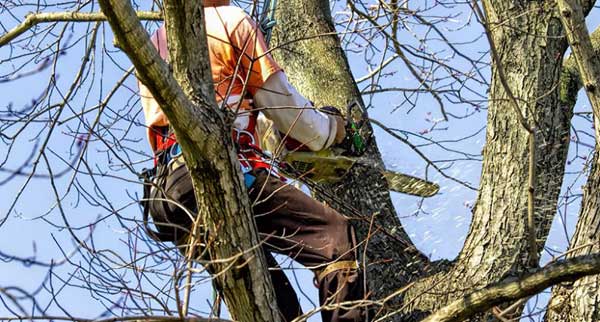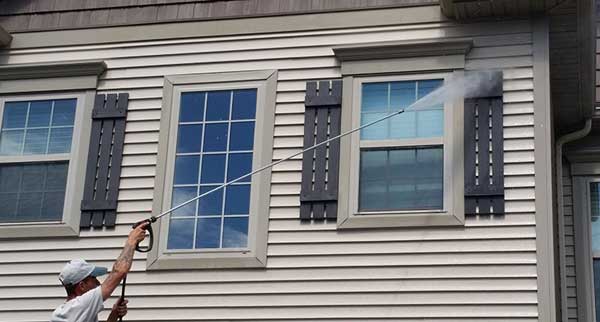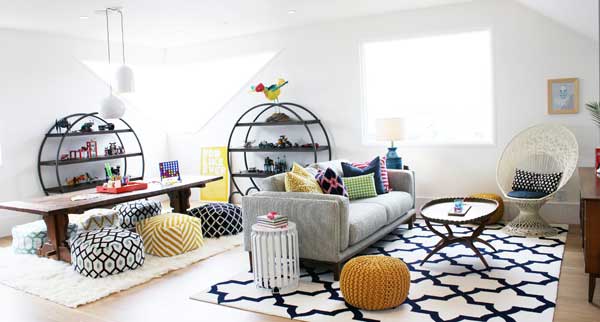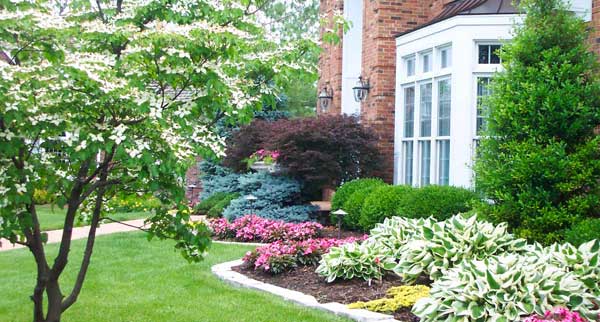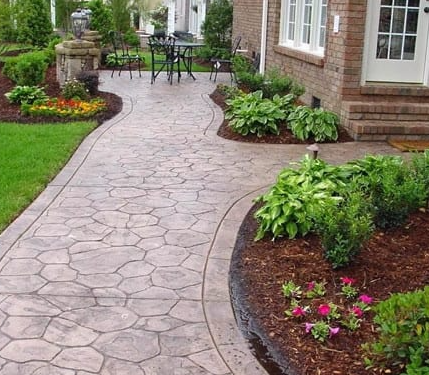 Disparities The Difference Between Walkways and Pathways
Disparities The Difference Between Walkways and PathwaysThe materials used to create pathways vary from those used to construct walkways in most cases. Pathways are mostly made of natural materials like loose gravel or mulch, while walkways are typically made of stable hardscape materials like poured concrete, massive slabs of mortared stone, or pavers.
Walkway and Pathway Design Considerations
Maintain a consistent walkway design. If you live in a formal setting, symmetrical lines can be the best option. Consider using big flagstones for a more natural look if you have a country-style home. When discussing a project with their landscaper, homeowners should consider weather conditions and possible uses for the walkway or route, as these can help decide what design principles are best for their space.
Trends in Design
Acid staining and stamping concrete have recently become very common trends in walkway design, providing cost-effective ways to beautify standard poured concrete. These processes, however, do not last indefinitely and frequently require annual maintenance. Pre-existing concrete may be stained with acid stains, making this a cost-effective choice for homeowners looking to renovate concrete walkways. Acid staining can be performed effectively by DIYers on occasion.
Match the color of the walkway to the color of the house when staining or dyeing concrete. Earth-tone colors are also a good contrast to the exterior of a house. When designing a pathway, use natural colors that blend in with the surroundings.
Considerations for Planning
When selecting materials for a walkway or pathway, there are a few things to keep in mind:
There is a budget. When choosing materials for a walkway or pathway, the homeowner's budget is the most important consideration, as cost determines what materials are accessible.
a shady area Another consideration to consider when choosing which materials to use in walkways and pathways is the amount of shade available. Moss and mildew can grow on stone and concrete, making it slippery and dangerous. For pathways in shady areas, use trail mix, which is a natural mixture of aggregates. Use pavers instead of poured concrete for shaded walkways.
Construction of a house. Take a look at the colors and siding on the house. Is it made of brick? Is it stucco? Siding made of wood? When designing a walkway, choose a color that complements but does not exactly fit existing structures. If your home has a brick exterior, for example, choose a color from the brick walls to use in the walkway.

